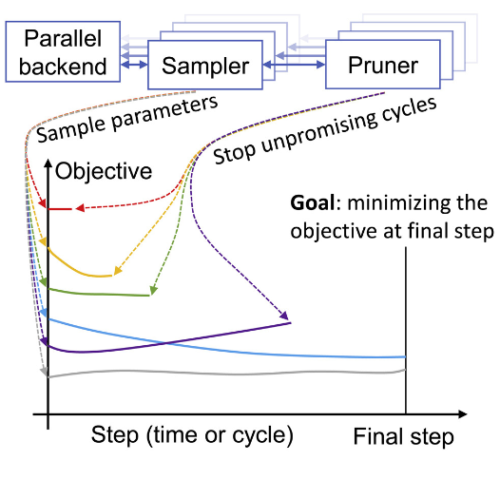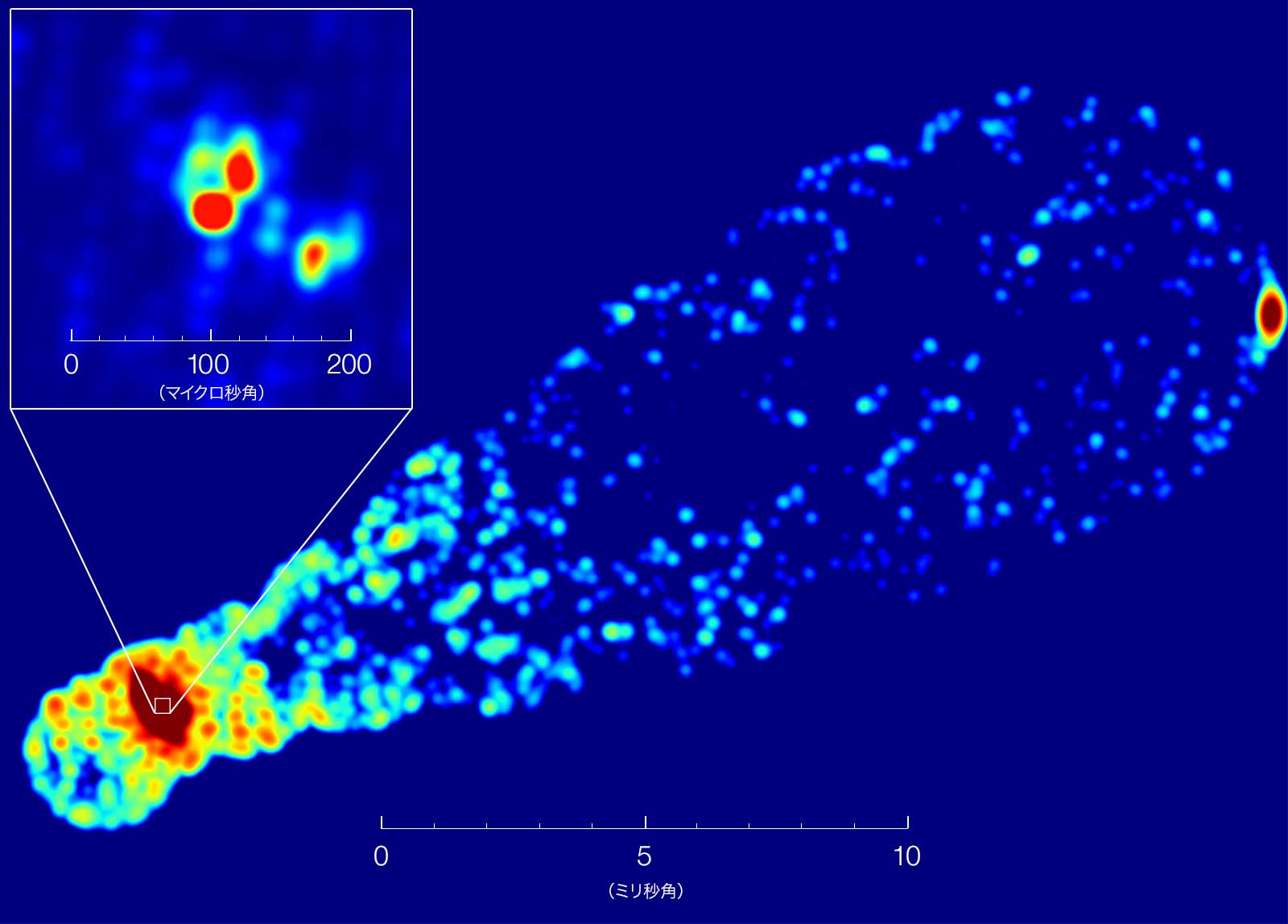新しいシミュレーションにより、ガンマ線バーストはこれまで考えられていたより10倍も稀であることも判明 New simulation also shows gamma ray bursts are 10 times rarer than previously thought
2022-06-29 ノースウェスタン大学
このジェットは、ビッグバン以降の宇宙で最も高エネルギーで明るい現象であるガンマ線バースト(GRB)を発生させるため、このシミュレーションは、この特異で強烈な光のバーストに光を当てました。この新しい発見には、なぜGRBが不思議なことに静かな時間(強力な放射と不気味な静寂の間の点滅)を挟むのかという長年の疑問に対する説明も含まれています。また、この新しいシミュレーションは、GRBがこれまで考えられていたよりもさらに稀な現象であることも示しています。
このシミュレーションは、ブラックホール近傍でのジェットの誕生から、崩壊する星から脱出した後のジェットの放出まで、ジェットの進化の全過程を3次元で再現した初めてのものです。また、大規模ジェットのシミュレーションとしては、過去最高の解像度を達成しました。
<関連情報>
- https://news.northwestern.edu/stories/2022/06/falling-stardust-wobbly-jets-explain-blinking-gamma-ray-bursts/
- https://iopscience.iop.org/article/10.3847/2041-8213/ac7530
ブラックホールから光球へ。崩壊核の3次元GRMHDシミュレーションにより、揺らぐジェットとハイブリッド組成のジェットが発見される Black Hole to Photosphere: 3D GRMHD Simulations of Collapsars Reveal Wobbling and Hybrid Composition Jets
Ore Gottlieb, Matthew Liska, Alexander Tchekhovskoy, Omer Bromberg, Aretaios Lalakos, Dimitrios Giannios, and Philipp Mösta
The Astrophysical Journal Letters Published 2022 June 29
DOI:https://doi.org/10.3847/2041-8213/ac7530

Abstract
Long-duration γ-ray bursts (GRBs) accompany the collapse of massive stars and carry information about the central engine. However, no 3D models have been able to follow these jets from their birth via black hole (BH) to the photosphere. We present the first such 3D general-relativity magnetohydrodynamic simulations, which span over six orders of magnitude in space and time. The collapsing stellar envelope forms an accretion disk, which drags inwardly the magnetic flux that accumulates around the BH, becomes dynamically important, and launches bipolar jets. The jets reach the photosphere at ∼1012 cm with an opening angle θj ∼ 6° and a Lorentz factor Γj ≲ 30, unbinding ≳90% of the star. We find that (i) the disk–jet system spontaneously develops misalignment relative to the BH rotational axis. As a result, the jet wobbles with an angle θt ∼ 12°, which can naturally explain quiescent times in GRB lightcurves. The effective opening angle for detection θj + θt suggests that the intrinsic GRB rate is lower by an order of magnitude than standard estimates. This suggests that successful GRBs are rarer than currently thought and emerge in only ∼0.1% of supernovae Ib/c, implying that jets are either not launched or choked inside most supernova Ib/c progenitors. (ii) The magnetic energy in the jet decreases due to mixing with the star, resulting in jets with a hybrid composition of magnetic and thermal components at the photosphere, where ∼10% of the gas maintains magnetization σ ≳ 0.1. This indicates that both a photospheric component and reconnection may play a role in the prompt emission.



